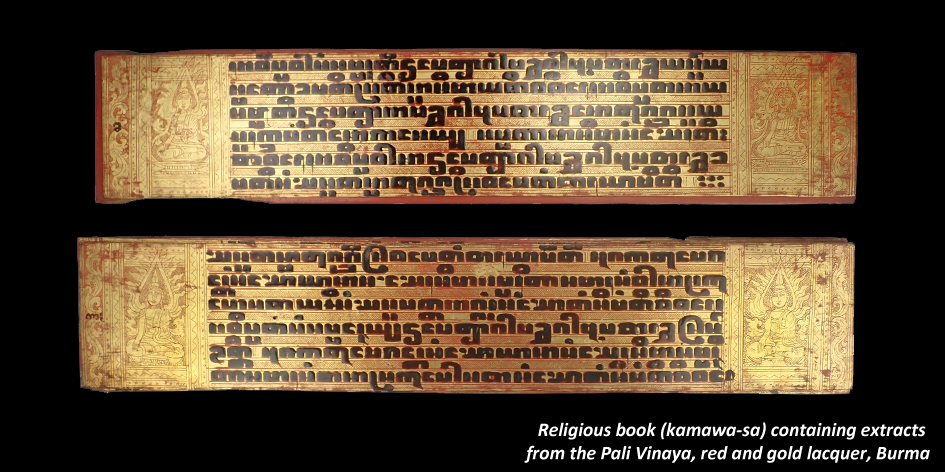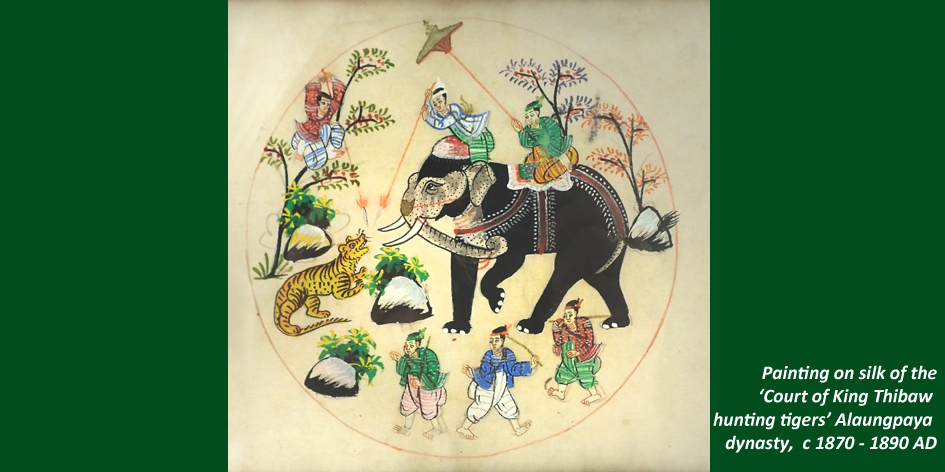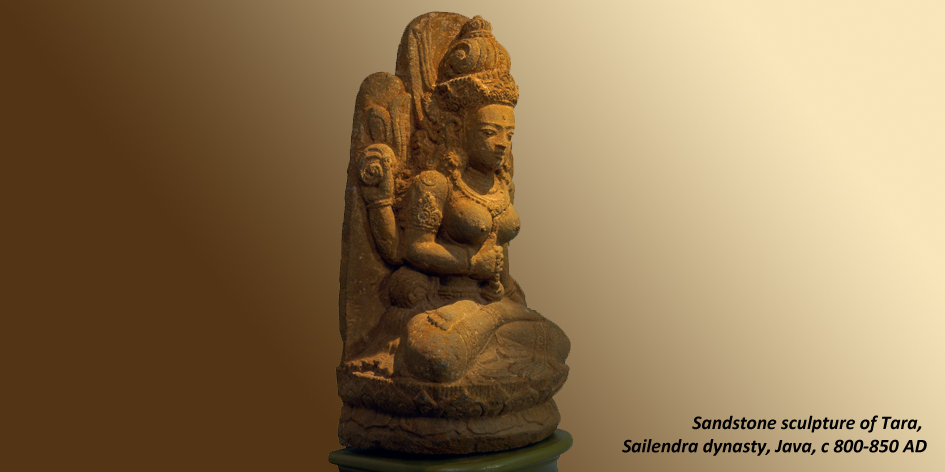India and Southeast Asia
India is the birthplace of two of the world’s great religions, Hinduism and Buddhism. Both of these have influenced the art and culture of much of Asia, north to Tibet, China and Japan and east through Burma to Southeast Asia.
From the mid-3rd century to the 6th century AD the Mauryan and Gupta emperors ruled most of India, followed by other powerful kingdoms. In the 13th century Muslim armies invaded India, and under the Mughal emperors from the 16th century, India became rich from trade in tea, spices and gems. During the colonial period the French, Portuguese and finally the British East India Company established colonies; eventually Britain made India part of its world empire and this lasted until independence was achieved under Mahatma Gandhi in 1942.
Hinduism and Buddhism influenced the architecture and art of Southeast Asia with massive temple complexes at Angkor Wat in Cambodia and Borobudur in Java, Indonesia.
The Museum has an extensive and varied collection with sculpture, ceramics, coins, palm-leaf books and weapons from India and Southeast Asia.
Feature Collections
The Ancient Worlds
Arts of Asia
- The Triumph of Islam
- China - Land of the Dragon
- Japan - Shadow of the Shoguns
- India and South East Asia
Arts in the Abbey
- European Works of Art
- Bling though the Ages
- Illuminated Manuscripts
- Ladies of Fashion
- Glassware
- Art of Light - Stained Glass
Ages of Europe








